Home>Garden Essentials>Garden Plants>How To Cut Back Thyme
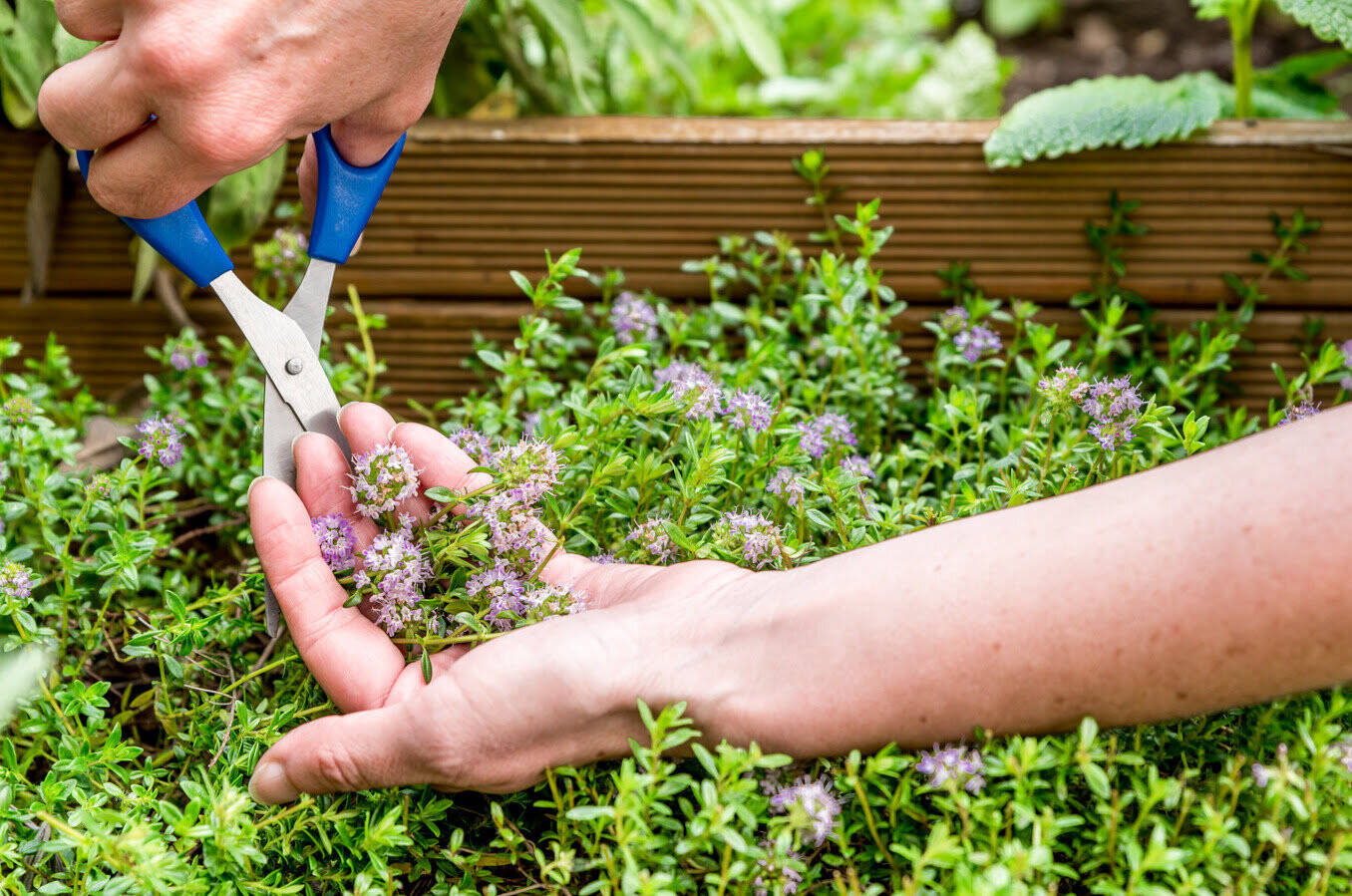

Garden Plants
How To Cut Back Thyme
Modified: December 7, 2023
Learn how to cut back thyme plants and keep them healthy. Prune your thyme properly to promote bushier growth and enhance flavor in your culinary dishes.
(Many of the links in this article redirect to a specific reviewed product. Your purchase of these products through affiliate links helps to generate commission for Storables.com, at no extra cost. Learn more)
Introduction
Welcome to our comprehensive guide on how to cut back thyme. Thyme is a versatile herb known for its fragrant aroma and culinary uses. Whether you have an overgrown thyme plant in your garden or you simply want to encourage new growth, knowing how to properly prune and cut back thyme is essential.
In this article, we will provide you with step-by-step instructions on how to do just that. We will also discuss the equipment and supplies you will need for the task, as well as provide some helpful tips and recommendations along the way.
Thyme is a perennial herb that can be grown in both outdoor gardens and indoor pots. It is a popular choice for many gardeners due to its low maintenance and ability to thrive in a variety of conditions. However, like any plant, thyme can become overgrown or develop woody stems if not properly pruned.
Regular pruning helps promote healthy growth, prevents the plant from becoming overgrown, and encourages the production of fresh leaves. By following the techniques outlined in this guide, you will be able to keep your thyme plant looking neat, healthy, and ready to enhance your favorite culinary creations.
So, let’s grab our pruning shears, put on our gardening gloves, and get ready to learn how to confidently cut back thyme!
Key Takeaways:
- Keep your thyme plant healthy and productive by pruning it in early spring, promoting new growth and preventing overgrowth. Utilize the trimmed thyme in your culinary creations for added flavor and aroma.
- Regularly inspect your thyme plant for pests and diseases while pruning, and consider sharing excess thyme with friends and family. Prune selectively to maintain a balanced and aesthetically pleasing appearance.
Read more: How To Cut Backing For A Quilt
Equipment and Supplies Needed
Before you begin cutting back your thyme plant, gather the following equipment and supplies:
- Pruning shears or sharp garden scissors: These will be used to trim the thyme plant efficiently. Ensure that your pruning shears are sharp to make clean cuts.
- Gardening gloves: Protect your hands from thorns or any potential allergies by wearing sturdy gardening gloves.
- Pruning saw or loppers (optional): If your thyme plant has thick, woody stems, a pruning saw or loppers can be useful for cutting through them.
- Container or bag: Prepare a container or bag for collecting the trimmed thyme stems and leaves.
- Sterilizing solution or rubbing alcohol (optional): To prevent the transmission of diseases or pests, you may want to sterilize your pruning tools before and after use.
Having these supplies on hand will ensure that you have everything you need to successfully cut back your thyme plant.
It’s important to note that the specific equipment you may need can vary depending on the size and condition of your thyme plant. It’s always a good idea to assess your plant before starting and gather the appropriate tools accordingly.
Now that you’re equipped with the necessary tools, it’s time to dive into the step-by-step process of cutting back your thyme plant.
Step-by-Step Guide to Cutting Back Thyme
Follow these simple steps to successfully cut back your thyme plant:
- Identify the areas to prune: Take a close look at your thyme plant and identify areas that need pruning. Look for any dead, damaged, or woody stems that need to be removed.
- Start pruning: Using your pruning shears or garden scissors, make clean cuts just above a leaf node or a lateral branch junction. This helps promote new growth at the point of pruning. Avoid cutting too close to the base of the plant as it may disrupt the plant’s overall structure.
- Prune selectively: In general, aim to remove around one-third of the thyme plant’s overall growth. This promotes healthy regrowth and prevents the plant from becoming too woody. Remove any dead or diseased stems first, followed by any crossing branches or excessive growth.
- Trim back dense areas: If your thyme plant has become too bushy or dense, thin it out by selectively removing stems from congested areas. This allows better air circulation and sunlight penetration, reducing the risk of disease and promoting overall plant health.
- Trimming for culinary use: If you plan to use the trimmed thyme in your culinary endeavors, selectively trim fresh stems from the top portion of the plant. Avoid cutting too heavily to ensure the thyme plant can continue to grow and produce leaves.
- Collect the trimmed material: As you prune, collect the trimmed thyme stems and leaves in a container or bag for disposal or composting. Keeping the area tidy will prevent any potential trip hazards and streamline the cleanup process.
Remember, it’s important to be mindful of the overall shape and structure of the thyme plant while pruning. Aim for a balanced and aesthetically pleasing appearance.
Once you have completed the pruning process, your thyme plant will have a renewed vitality and be ready to flourish in your garden or pot.
Before we wrap up, let’s go through some essential tips and recommendations to ensure successful pruning.
When cutting back thyme, use sharp scissors or pruning shears to trim the stems back by about one-third. This will encourage new growth and keep the plant healthy.
Tips and Recommendations
Consider the following tips and recommendations to make your thyme cutting back experience more effective and enjoyable:
- Timing is key: The best time to cut back thyme is in early spring, just as new growth begins. This allows the plant to recover quickly and promotes healthy development throughout the growing season.
- Regular maintenance is essential: Instead of waiting for your thyme plant to become overgrown, make a habit of lightly pruning it throughout the growing season. This helps maintain a compact and healthy plant shape.
- Take advantage of the harvested thyme: Rather than letting the trimmed thyme go to waste, utilize it in your culinary creations. Thyme is a versatile herb that adds flavor and aroma to a wide range of dishes, including soups, stews, roasted meats, and vegetable dishes.
- Consider drying or freezing thyme: If you have more thyme than you can use fresh, consider drying or freezing the excess. Dried thyme can be stored in an airtight container and used for several months, while frozen thyme retains its flavor for an extended period.
- Regularly inspect for pests and diseases: While pruning, keep an eye out for any signs of pests or diseases. Early detection allows for timely intervention and prevents the spread of problems to other plants in your garden.
- Feed your thyme plant: After cutting back, give your thyme plant a boost of nutrients by applying a balanced organic fertilizer. This helps promote healthy growth and keeps the plant thriving.
- Share the love: If you have excess thyme plants or trimmings, consider sharing them with friends, family, or neighbors who may be interested in growing their own thyme.
By following these tips and recommendations, you can ensure a successful and rewarding thyme cutting back experience.
Now that you have a comprehensive understanding of cutting back thyme, it’s time to put your knowledge into action. Enjoy the process of pruning your thyme plant and reap the benefits of a healthier and more productive herb!
Happy gardening and bon appétit!
Conclusion
Cutting back thyme is an essential task for maintaining the health and appearance of your thyme plant. By following the step-by-step guide outlined in this article, you now have the knowledge and confidence to successfully prune your thyme and promote its growth.
Remember to gather the necessary equipment and supplies, including pruning shears, gardening gloves, and a container for collecting trimmings. Take the time to identify areas in need of pruning and make clean cuts just above leaf nodes or lateral branches.
Keep in mind that regular maintenance is key to preventing your thyme plant from becoming overgrown or developing woody stems. Prune selectively, thin out dense areas, and aim to remove around one-third of the overall growth for the best results.
Make the most of your thyme trimmings by using them in your culinary creations. Thyme adds delightful flavor and aroma to a variety of dishes, so don’t let the trimmed leaves go to waste. You can even consider drying or freezing excess thyme for future use.
Lastly, stay vigilant for signs of pests or diseases while pruning. Early detection and intervention will help maintain the health of your thyme plant and prevent the spread of problems to other plants.
With proper pruning and care, your thyme plant will thrive, producing an abundance of fresh leaves for your enjoyment. So, put on your gardening gloves, grab your pruning tools, and get ready to cut back your thyme with confidence!
Happy pruning and happy herb gardening!
Frequently Asked Questions about How To Cut Back Thyme
Was this page helpful?
At Storables.com, we guarantee accurate and reliable information. Our content, validated by Expert Board Contributors, is crafted following stringent Editorial Policies. We're committed to providing you with well-researched, expert-backed insights for all your informational needs.
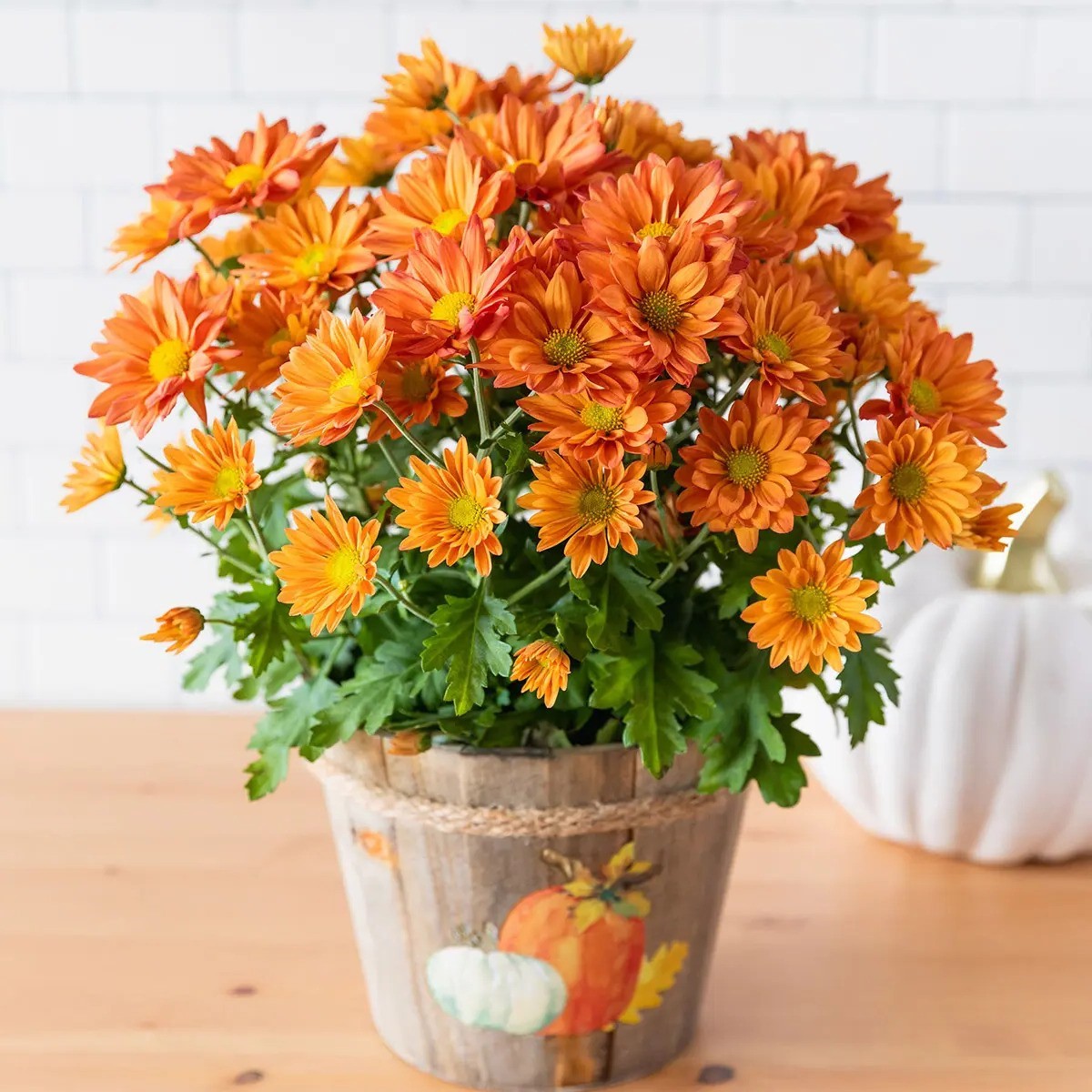
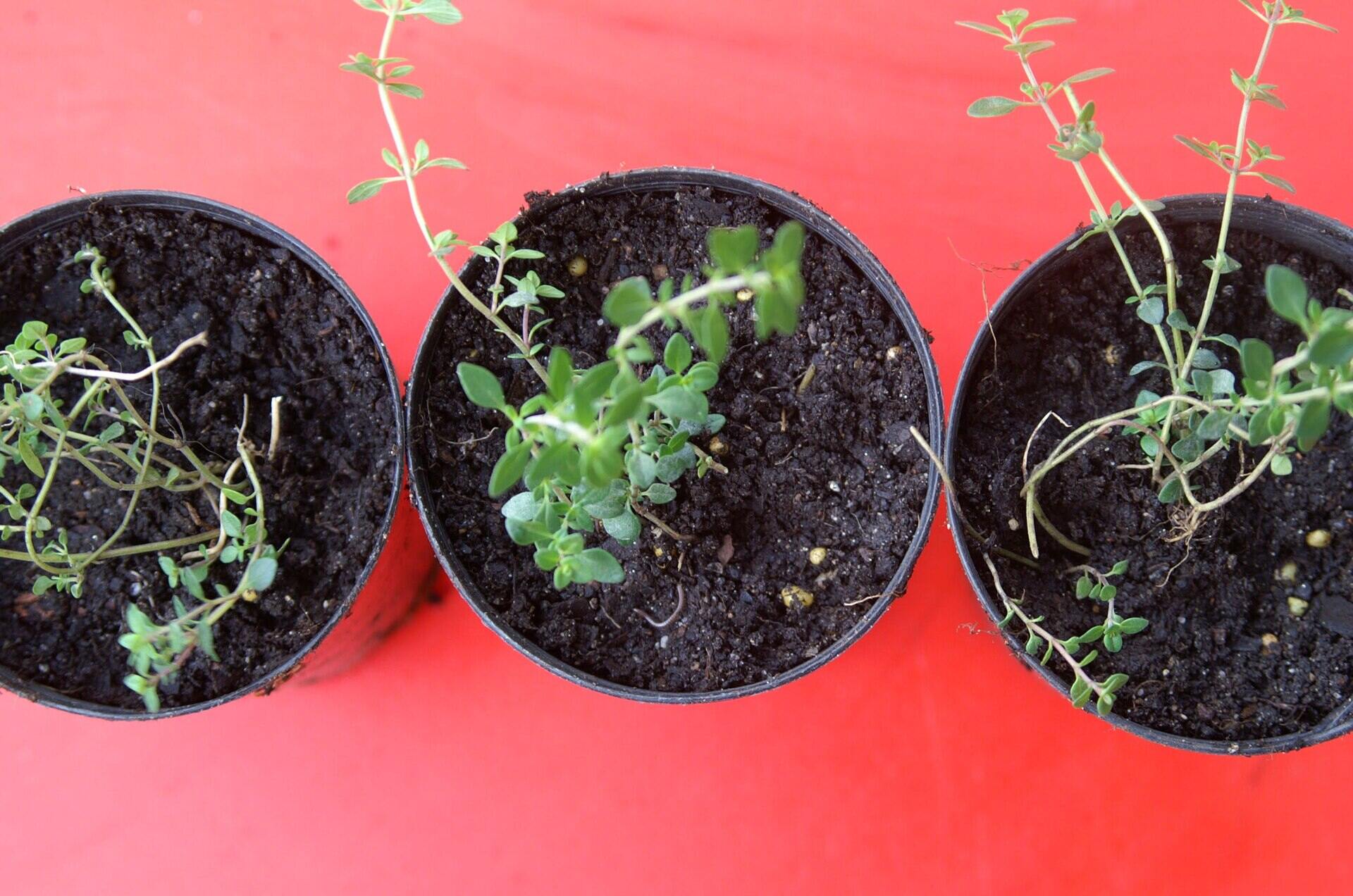
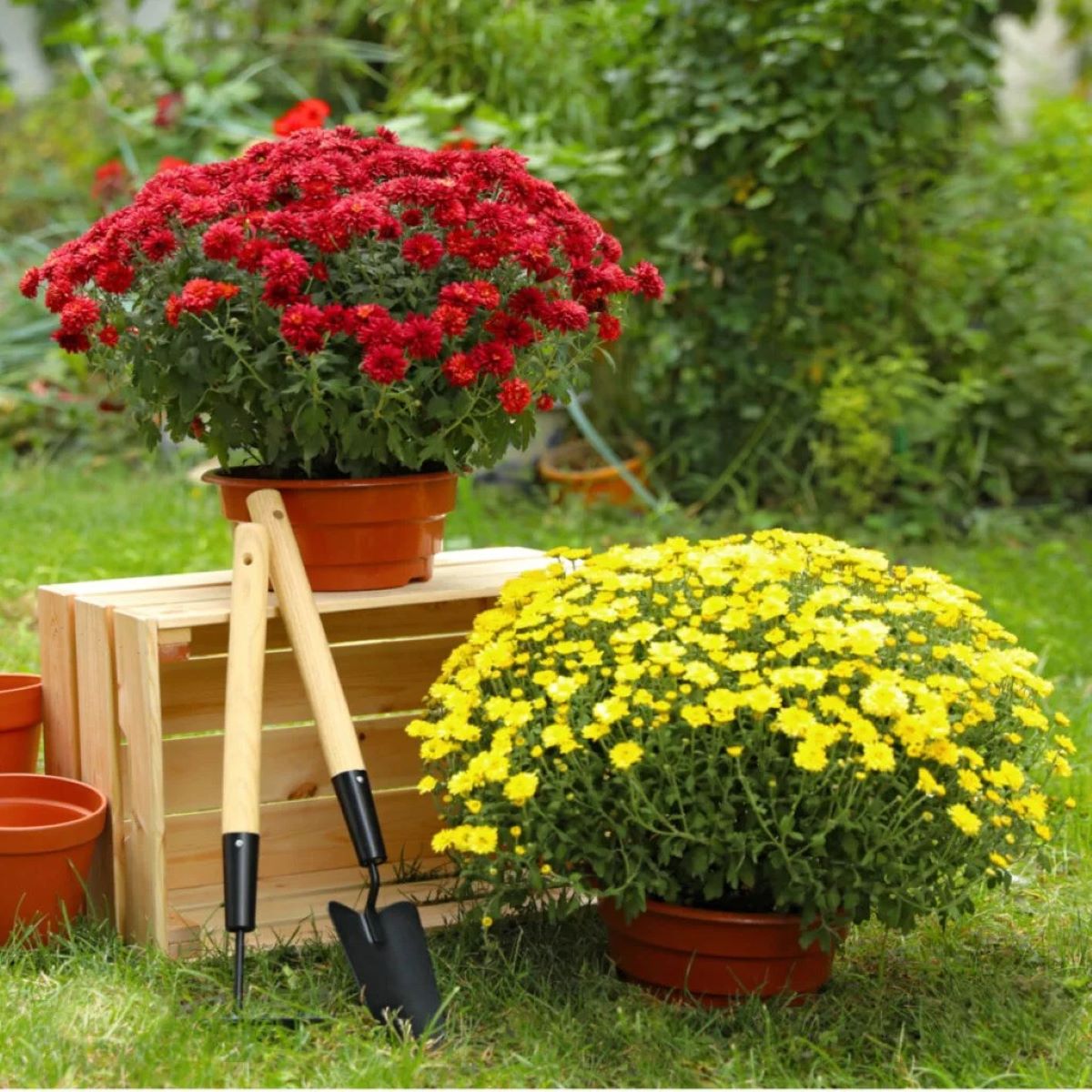
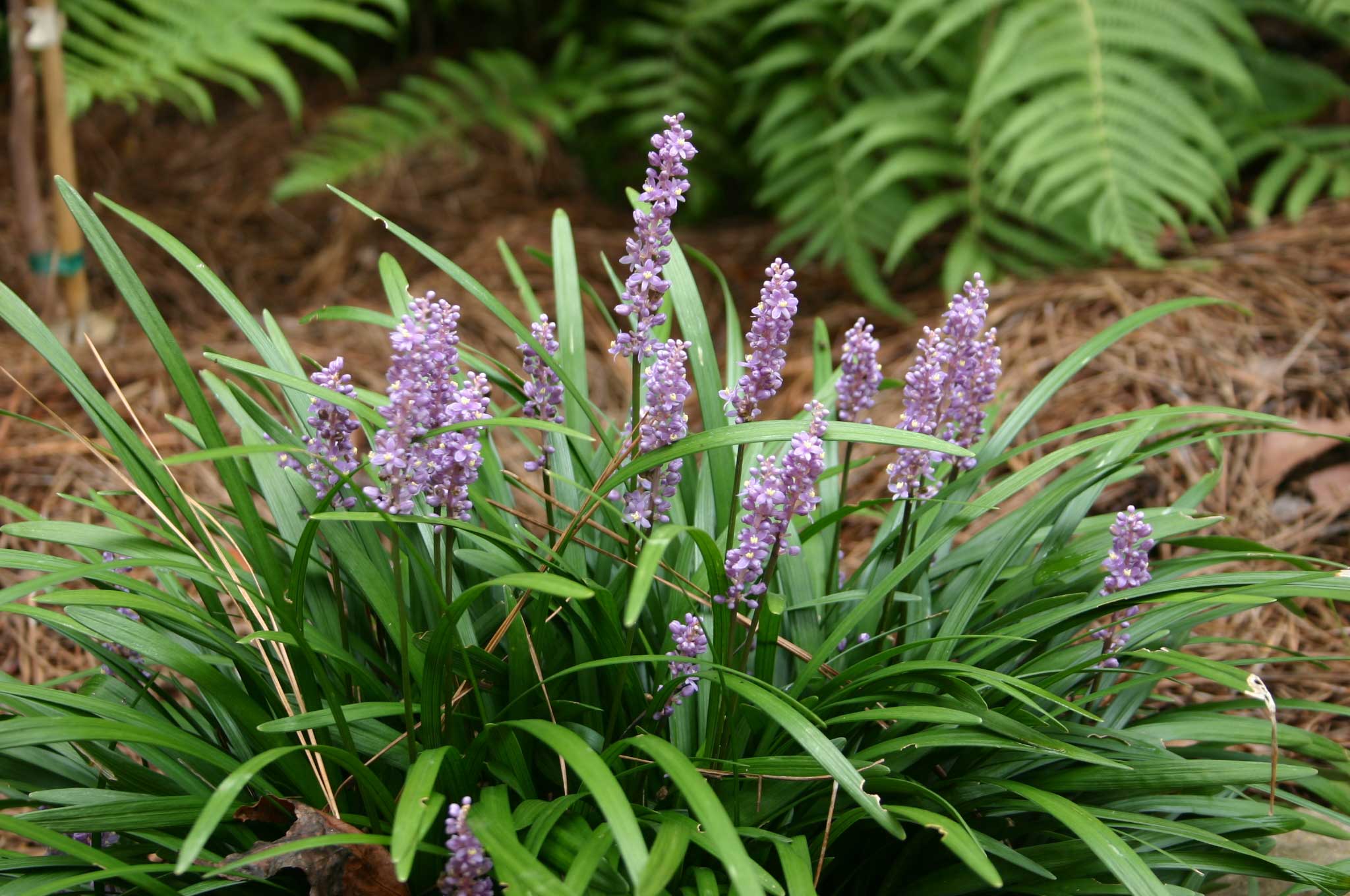

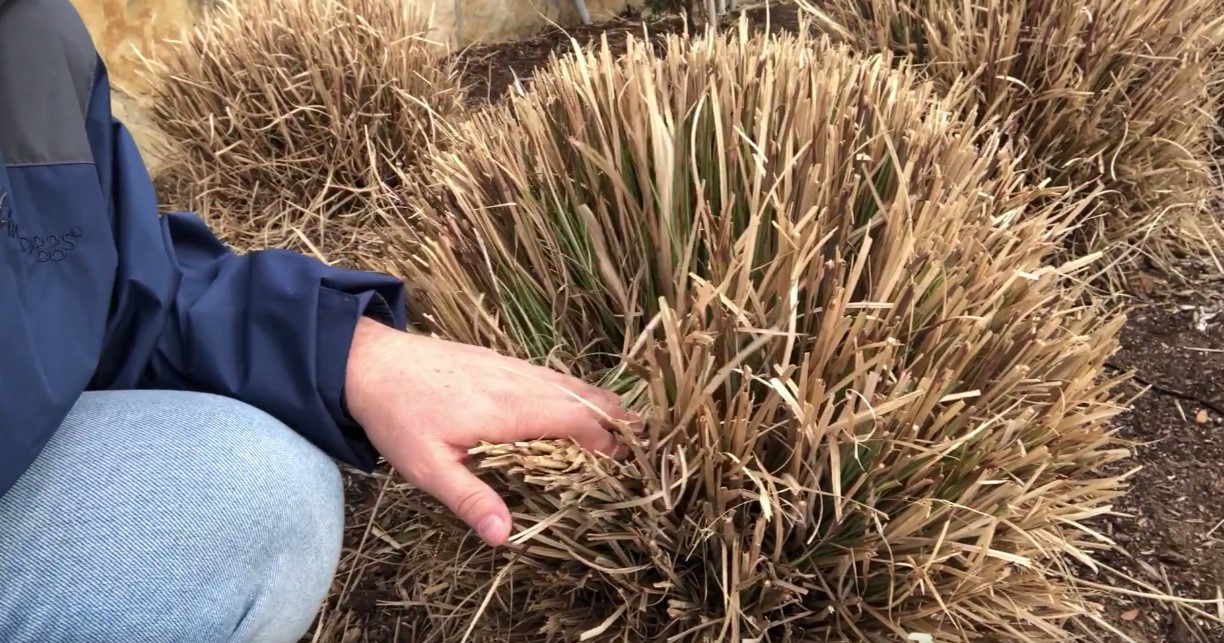

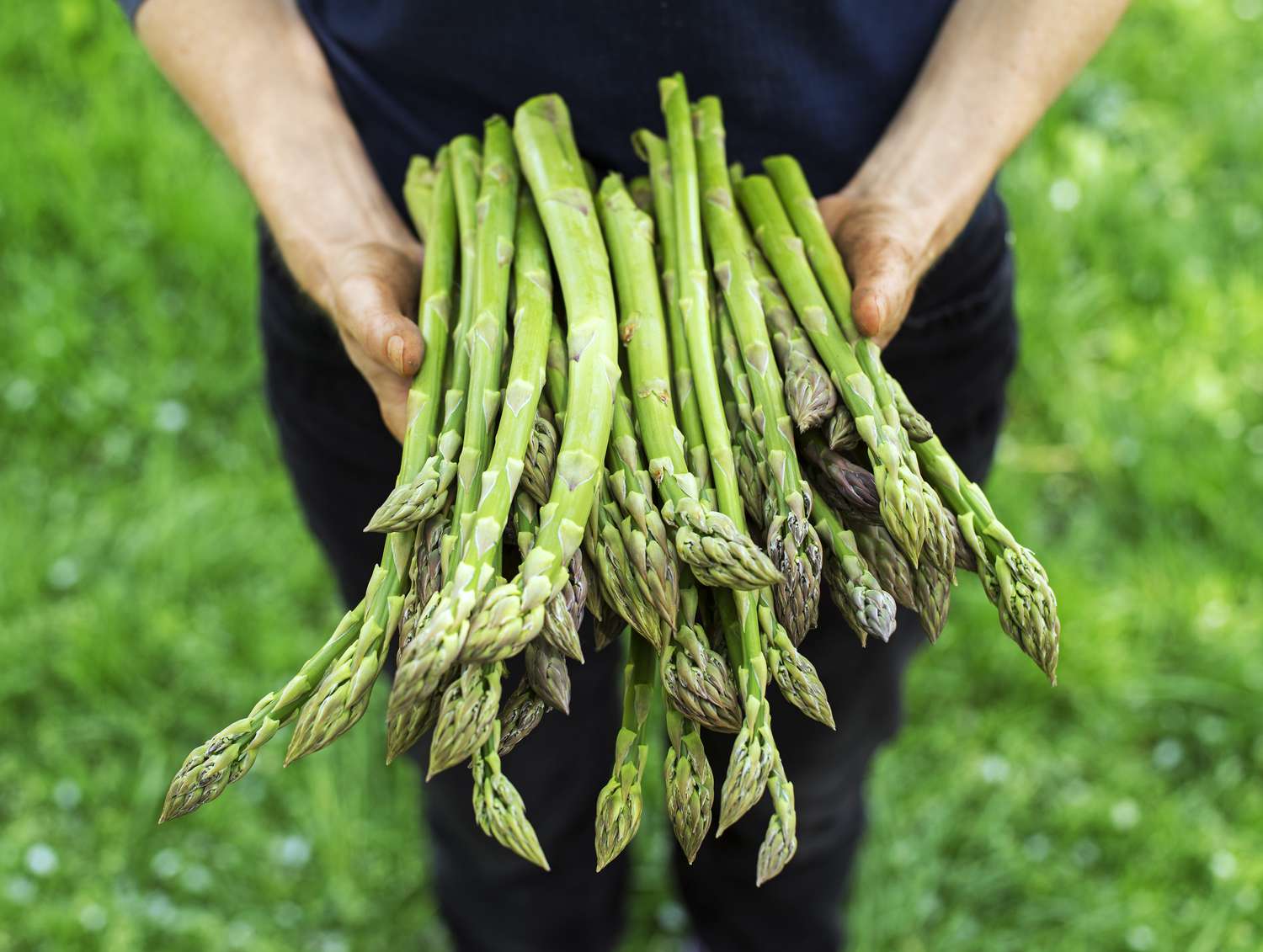
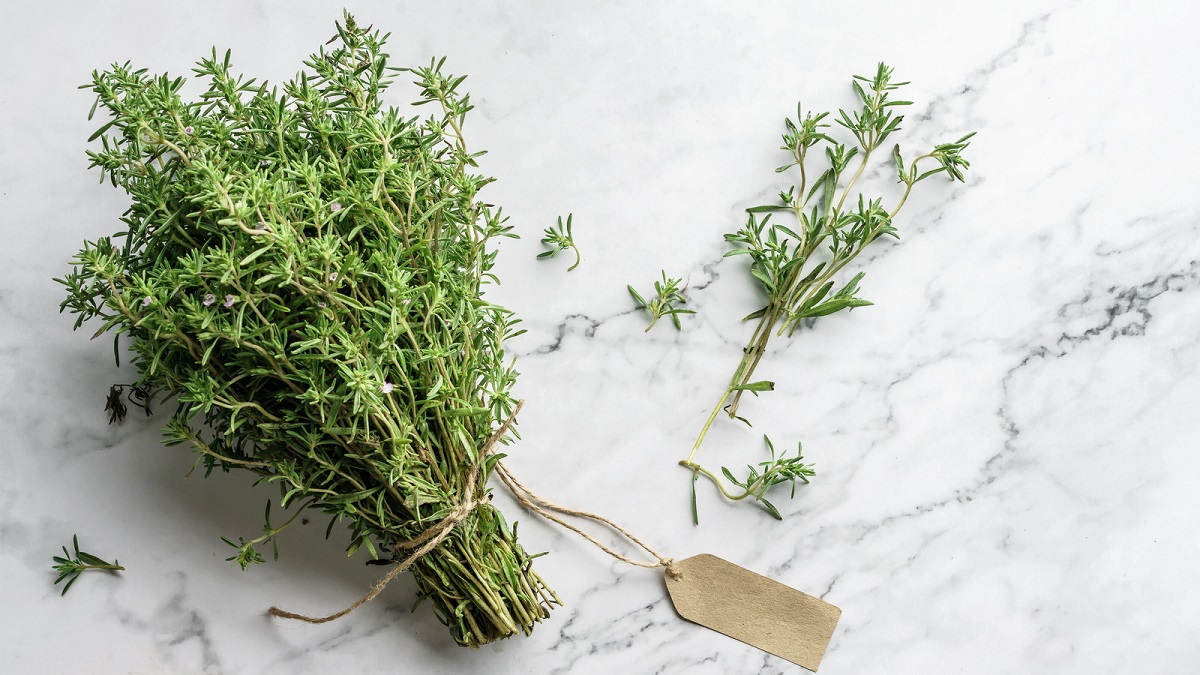
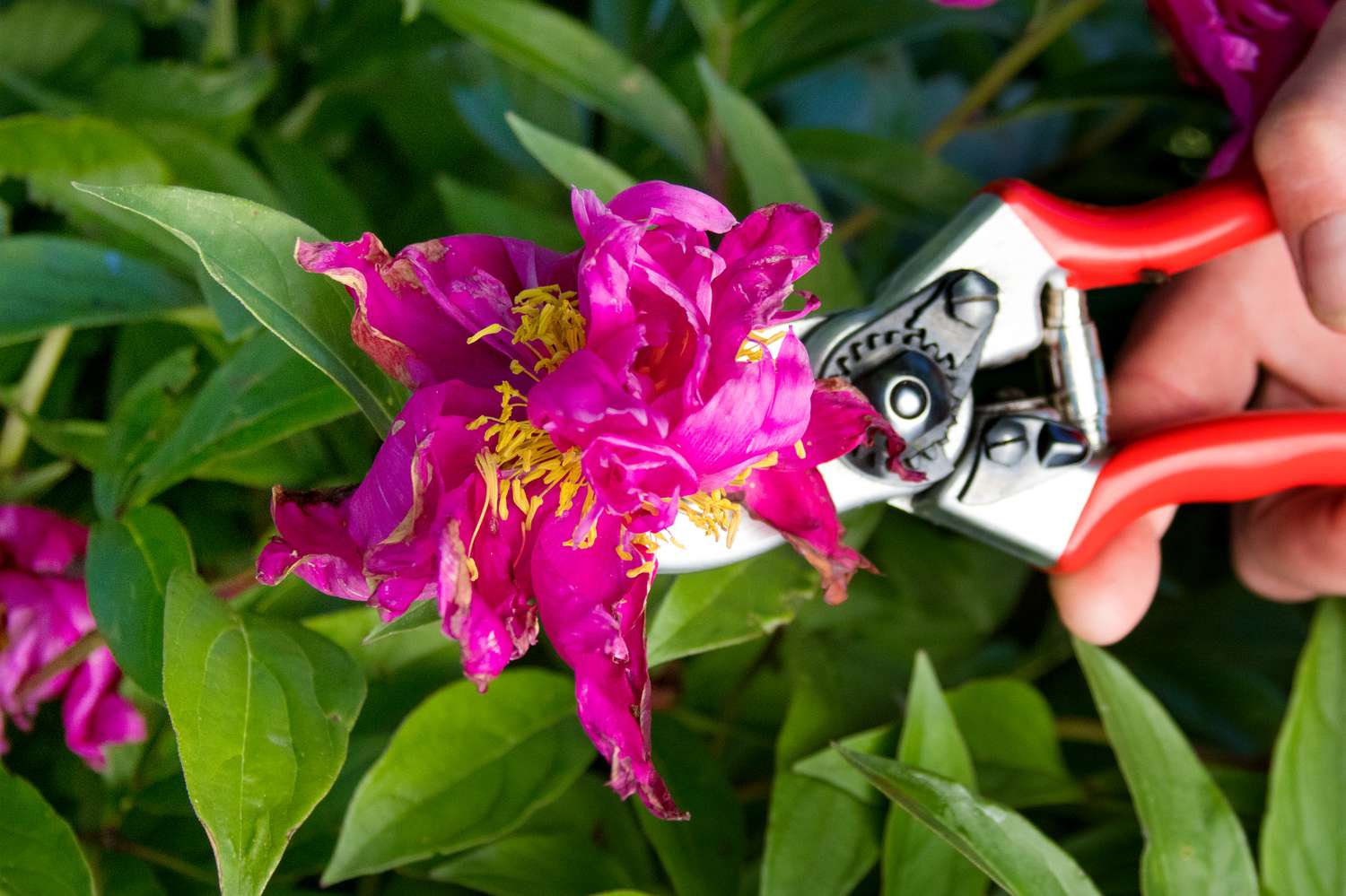

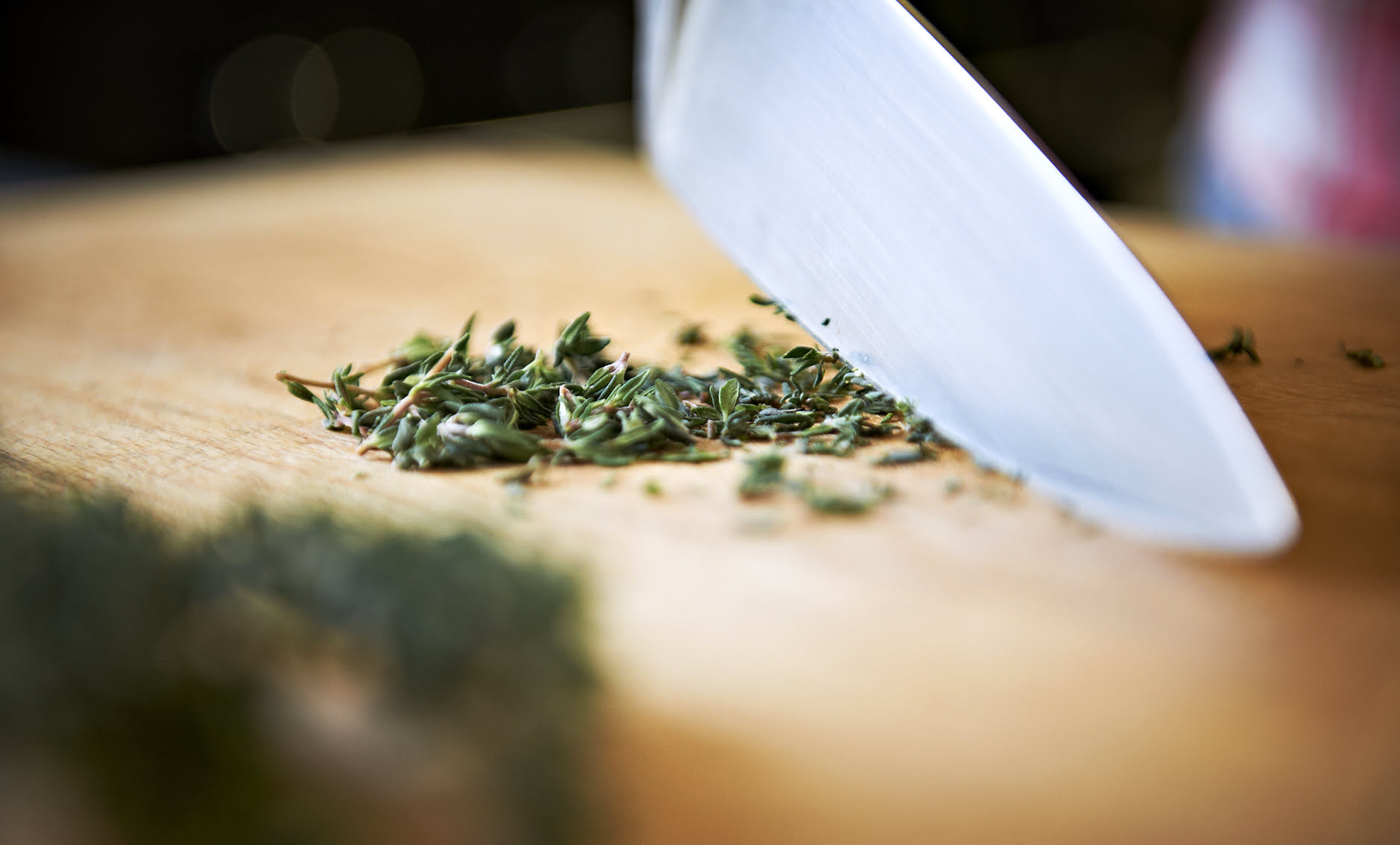
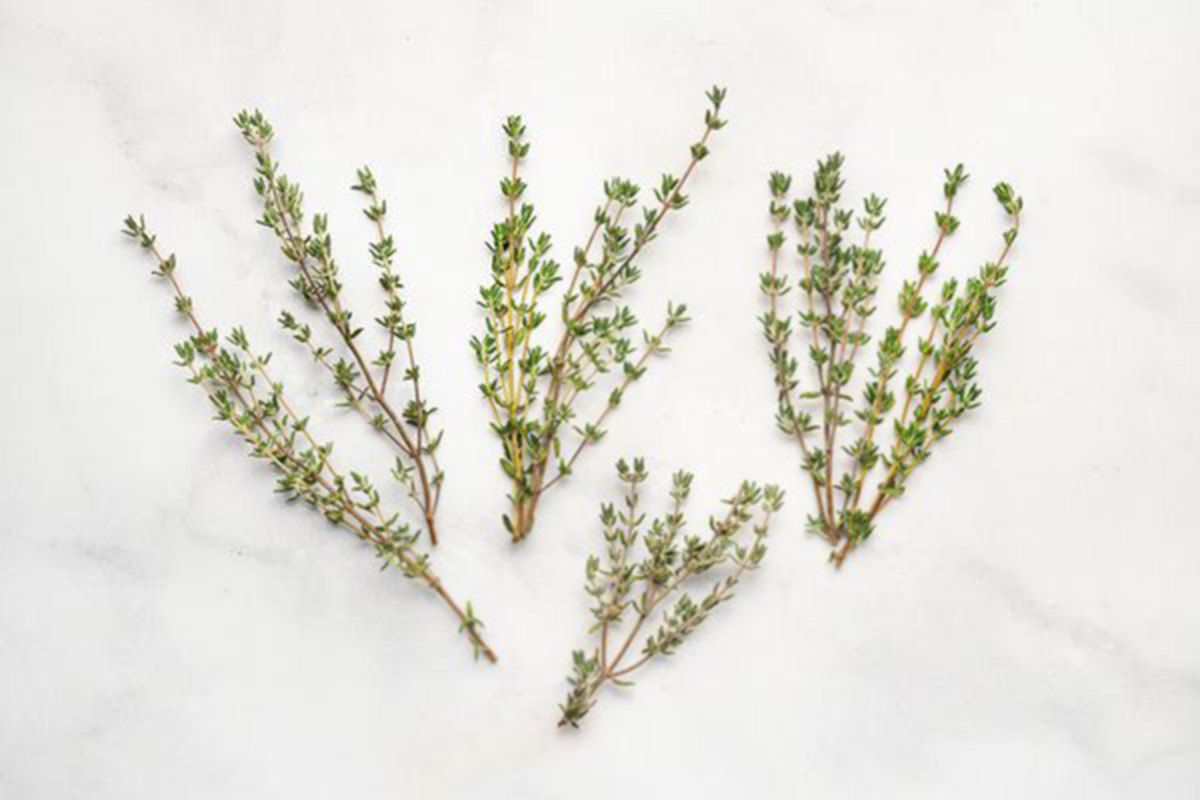

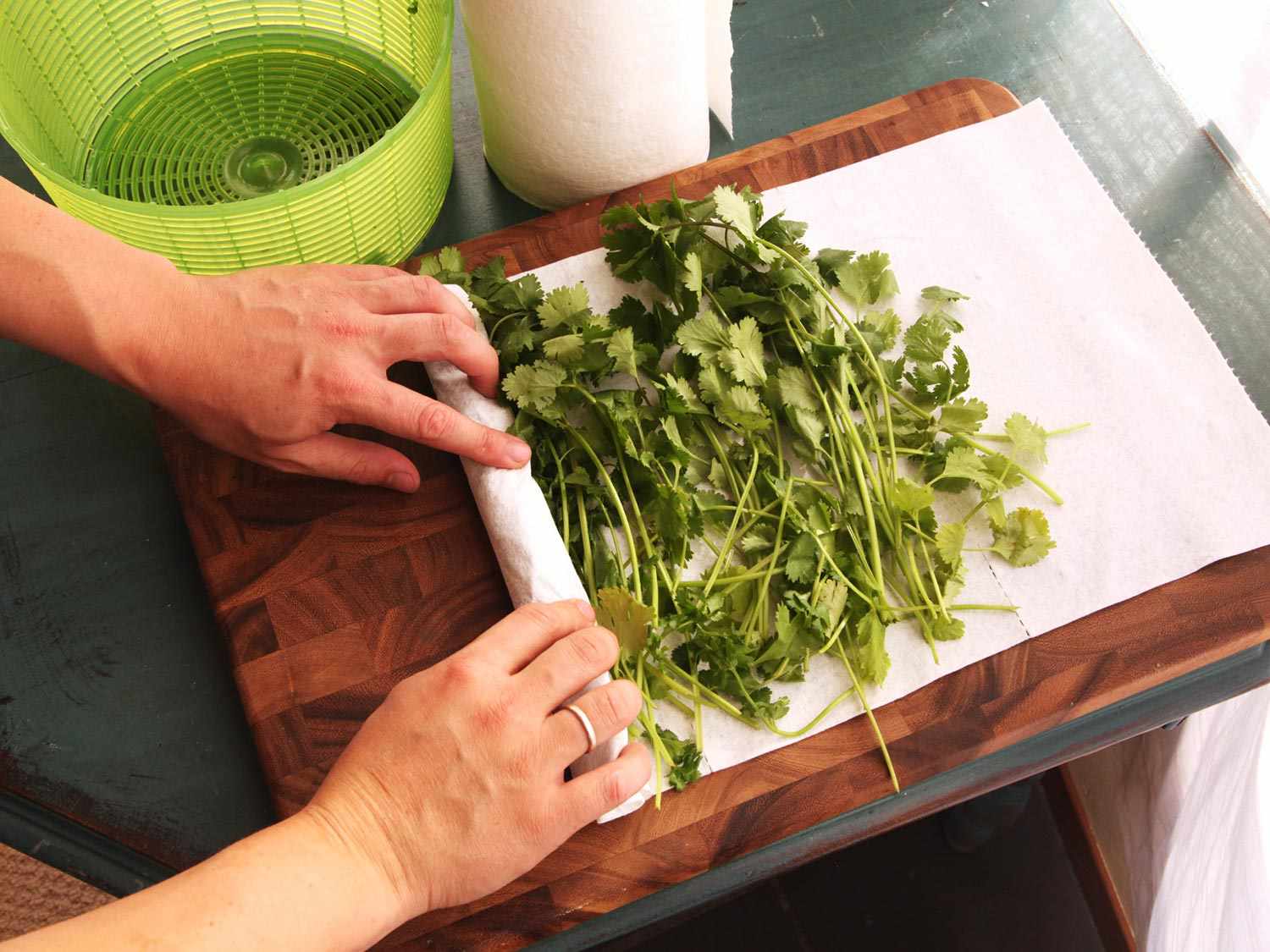

0 thoughts on “How To Cut Back Thyme”